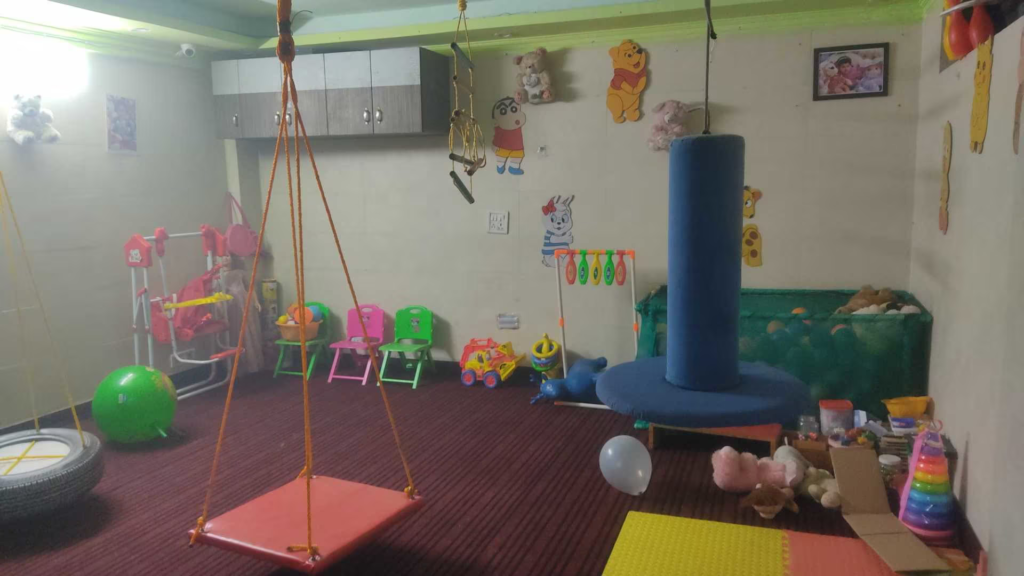ABA Therapy
Applied Behavior Analysis (ABA) therapy is a type of therapy that focuses on improving specific behaviors, such as social skills, communication, reading, and academics, as well as adaptive learning skills like fine motor dexterity, hygiene, grooming, domestic capabilities, punctuality, and job competence. ABA is widely recognized as an effective treatment for individuals with autism spectrum disorder (ASD).

Key Components of ABA Therapy
1. Assessment: A detailed assessment of the individual’s skills and preferences, conducted through direct observation and data collection.
2. Goal Setting: Based on the assessment, specific goals are established. These goals are tailored to the individual’s needs and abilities.
3. Behavioral Interventions: Implementing strategies to teach new skills and reduce problematic behaviors. This often involves breaking down complex tasks into smaller, manageable steps.
4. Data Collection: Continuous data collection to monitor progress and make necessary adjustments to the intervention plan.
5. Reinforcement: Positive reinforcement is a key element in ABA. Desired behaviors are rewarded to encourage their repetition.
6. Generalization: Ensuring that learned behaviors are transferred to different settings and situations outside the therapy sessions.
Benefits of ABA Therapy
Improved Social Skills: Enhances the ability to interact and communicate with others.
Behavior Management: Reduces problematic behaviors and increases adaptive behaviors.
Skill Development: Builds essential skills for independence and daily living.
Personalized Approach: Tailored to meet the unique needs of each individual.



